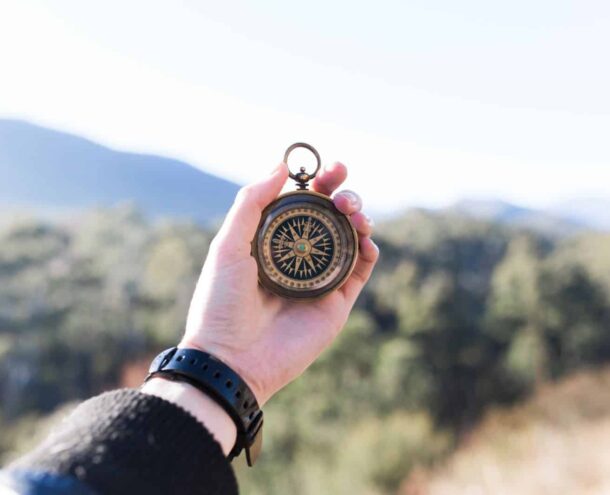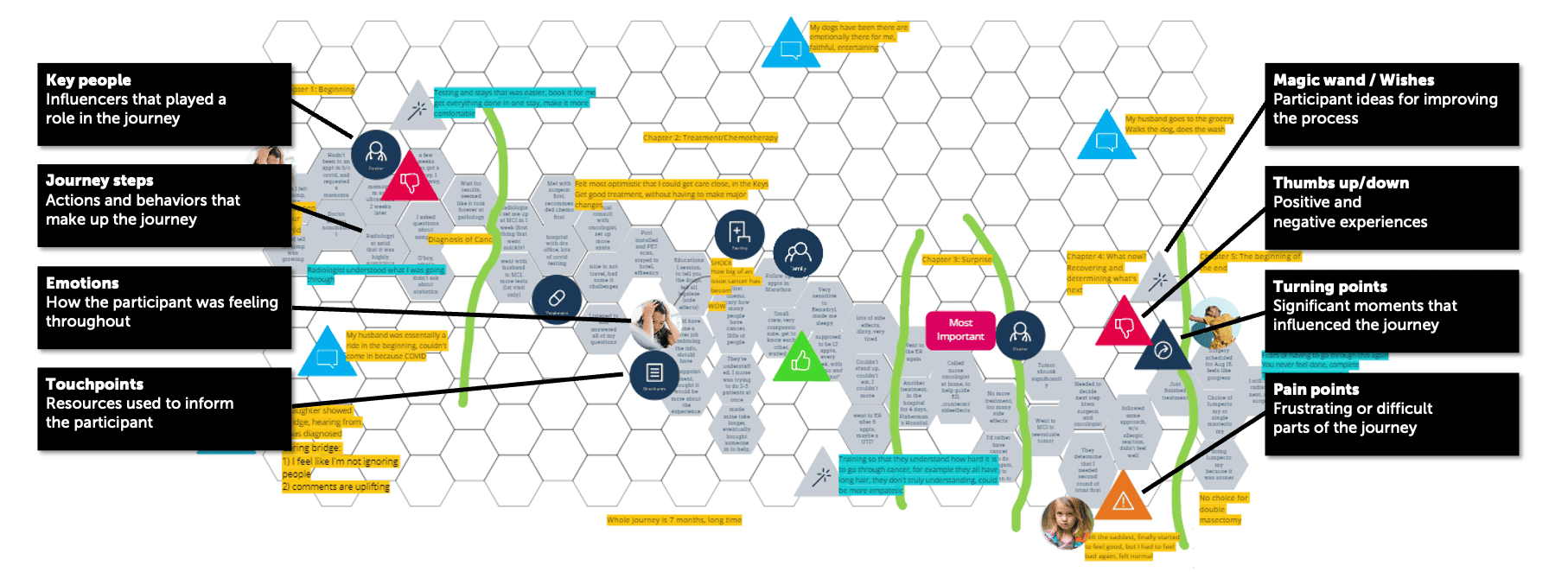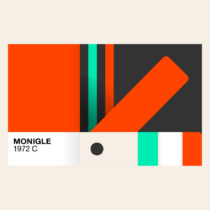A human-centric approach to improving the customer experience

In times of uncertainty and crisis, the tried-and-true resiliency plan is to shift away from espresso martinis and caviar back to grandma’s pot pie. For your business, a time of uncertainty likely means that it’s time to refocus on the core of your brand and what you do
“A company that knows its reason for being, and consistently backs it up, is both tougher and more flexible during a crisis.”
-Harvard Business Review
CX and repeat purchase behavior
Understanding and improving customer experience (CX) has become more important than ever. A recent Kantar study of more than 3,900 brands showed that customer experience influences repeat purchases and that brands that maximize retention yield a 7% increase in growth.
There are a number of ways to approach refocusing on experience from your customer’s perspective. The first is to take a more human lens to measuring how people experience your brand through all of their senses. Not just their thoughts and feelings, but through sight, sound, smell and touch – before, during and after the moment of purchase. These attributes have demonstrated time and time again to build trust and drive brand choice and advocacy, ultimately leading to key behavioral outcomes.
“Rather than rebelling against tough questions and pressure, business leaders should embrace them and use them to build a stronger organization.”
-Harvard Business Review
Learn more: Strategies for building consumer trust

Get beneath the surface and do so non-invasively
Another, more tactical approach is to understand how the customer sees their journey with your brand, and map it in ‘moments’. By mapping the customer journey, brands can identify pain points, optimize touchpoints, and improve the overall customer experience.
It does this by asking consumers questions about the complete journey from start to finish and helps clarify exactly where investments should be made. There is a plethora of methods available to map the customer journey, from quantitative ‘post-purchase’ surveys to more ethnographic in-the-moment solutions. A unique challenge posed for Monigle, however, was resolved with the development of a new method; one fully optimized for dealing with what researchers often forget is the true essence of a consumer.
Here was our challenge: how do we place the human being back into the center of this research? How can we design an approach that really listens to that human being without being invasive?
From there, we were able to distill 4 tactical questions:
- Where does the journey really begin and really end in a person’s mind?
- When is the best time for people to open up about their experiences?
- How can we identify needs beyond our assumptions?
- Are we able to understand a journey through every lens of experience? (e.g. sensorial intellectual, behavioral, and emotional)
“When you strive to be committed to a human experience, you have to passionately and vulnerably seek that out. You have to be willing to explore to get into the field to see your people –consumers and employees—and to listen and to walk in their shoes.”
-Danny Elfenbein, AVP at Baptist Health
Map the customer journey in moments

May 11, 2023 By Brendha da Silva

This set us on a clear path towards qualitative research with a participant-driven exercise. We designed guided, one-on-one conversations to be thoughtful and yielding, over an ample 90-minute session. We asked each participant to share their unique journey by building a digital map, leveraging Miro and a wide range of ‘stickers” to allow them to express their feelings and key decision moments along the journey as they experienced them.
We hypothesized that a compassionate approach would yield a more open and vibrant conversation. This is because when discussing sensitive topics of financial or healthcare experiences, interviews’ cold and calculating aspect may be amplified and, thus, limiting. By giving participants control, the discussion proceeds naturally.
We went through this process diligently alongside a leading health system in Florida, Baptist Health. Our method succeeded in getting down to the details of how a great organization could differentiate themselves even more and secure their position as a leader in healthcare CX through the humanized approach. As Baptist Health AVP says in our recent journey mapping webinar, “[Journey mapping is] giving back control to the most vulnerable people at the most vulnerable times.”
Learn more: Baptist Health: Using journey mapping to humanize experience

Via this process, 5 principles emerged:
- Care is before, during, and after.
- Each journey is uniquely human.
- Little changes go a long way.
- Focus on finding moments to live your brand, it’s not just about fixing broken moments: identify moments to demonstrate your brand values that surprise and delight.
- Bring stakeholders in early: consider building across—departmental core team to lead the work.
Journey mapping is not just another solution, it’s one of the most valuable research activities a company can undertake. It provides a comprehensive understanding of the essential aspects of your business. By using customer journey mapping and adopting a human-centered approach, companies can identify pain points, optimize touchpoints, and ultimately enhance their brand experience. With the insights gained companies can better position themselves to weather market uncertainty and emerge as winners in the long run.
At Monigle, we know that the most deliberative and human methods will yield the most exacting results, and that research insights will help connect the dots between your current experience and the recommended experience to best influence human behavior and drive commercial outcomes.
To learn more about how we can help you humanize your brand experience or journey mapping research and drive greater success for your brand, reach out to us.


